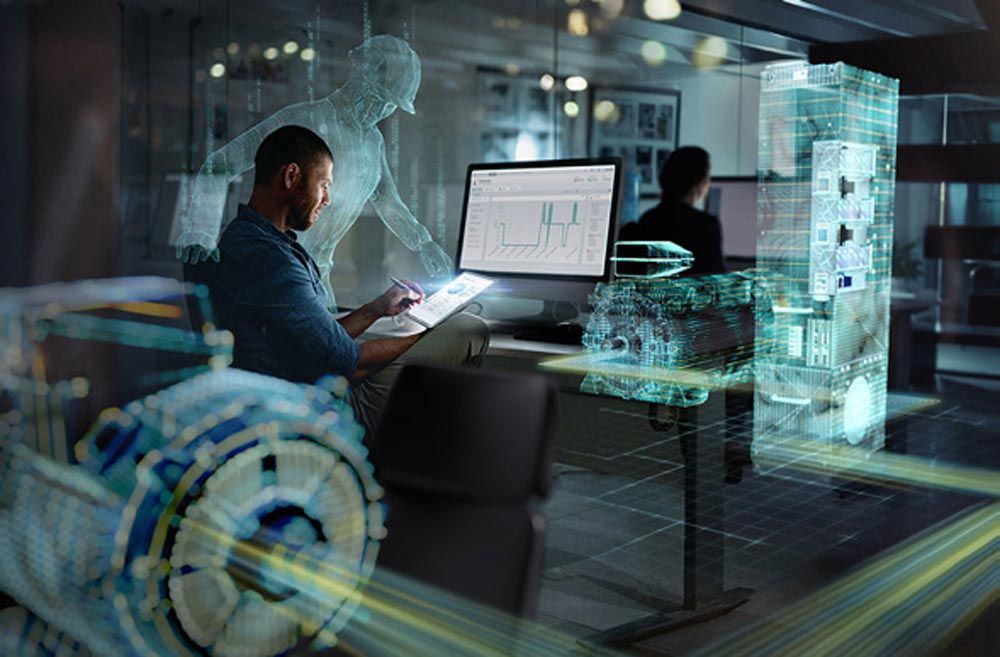Adding to the Digital Job Shop
Tools are expanding to stay ahead of today’s unique manufacturing challenges.
We came across an interesting statistic recently in our normal product coverage for Gear Technology magazine. United Grinding had more than 2,500 remote deployments during the pandemic. Digital assistance systems—big and small—helped machine operators navigate production output in real time during this chaotic work period.
These flexible working models provide a way to stay connected with customers under any circumstance. Laptops, smartphones, tablets and even wearables can assist with condition monitoring and predictive maintenance while sensors and barcodes dispatch key product information in real-time.
United Grinding continues to expand its digital solutions and products regularly to meet the changing demands of the manufacturing sector (grinding.com/en/digitalization/digital-solutions/). Is it time for your shop to consider expanding your digital footprint as well?
Neugart recently provided digital information for analog components. The link between the physical gearbox and the digital world in this example occurs via a data matrix code (DMC), a 2D code on the gearbox nameplate—scanned via smartphone or tablet.

This identification leads immediately and around the clock to the relevant product information and other functions. The user then receives, for example, a clear list of all the versions of the gearbox in question or can download the appropriate operating and mounting instructions (neugart.com).







